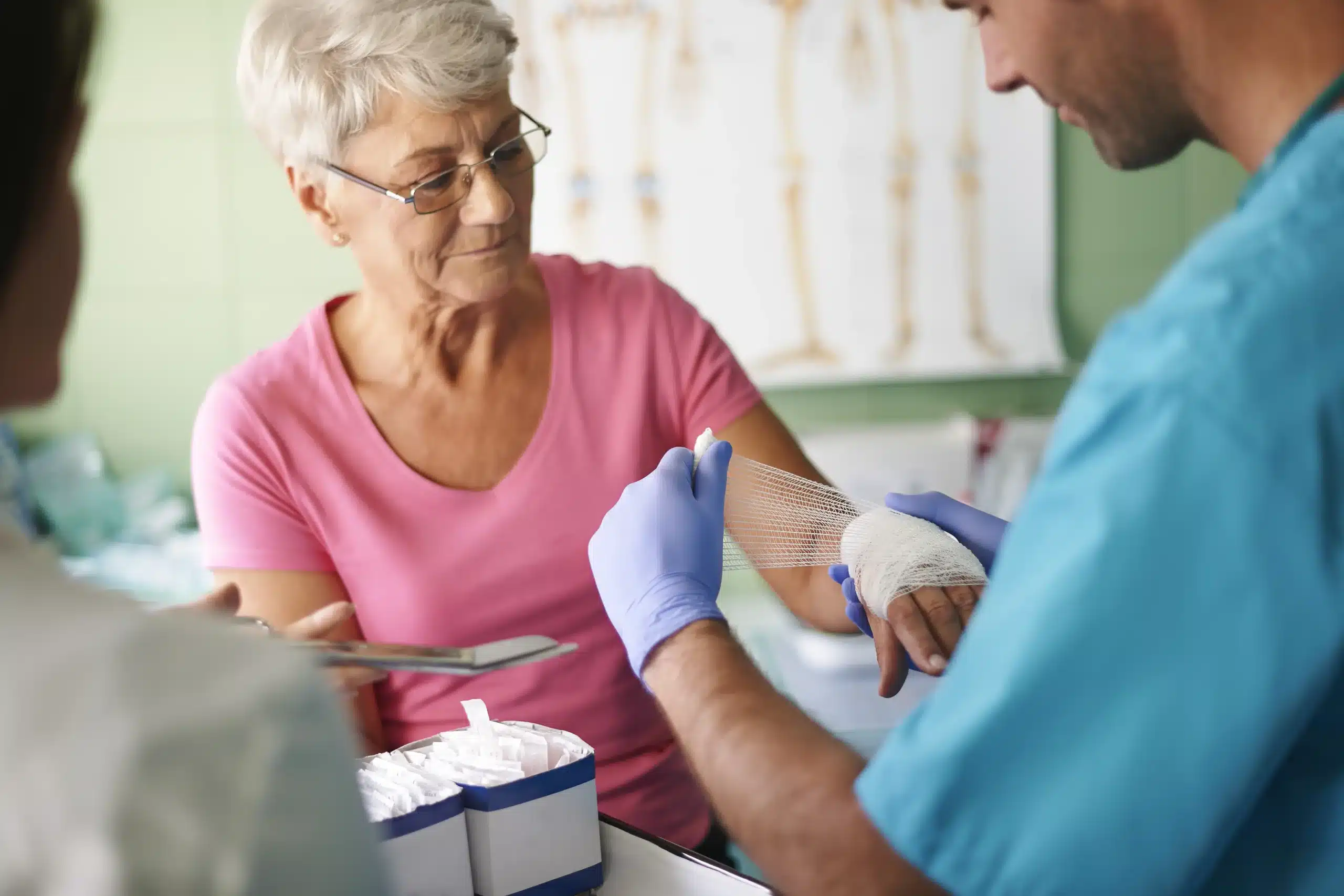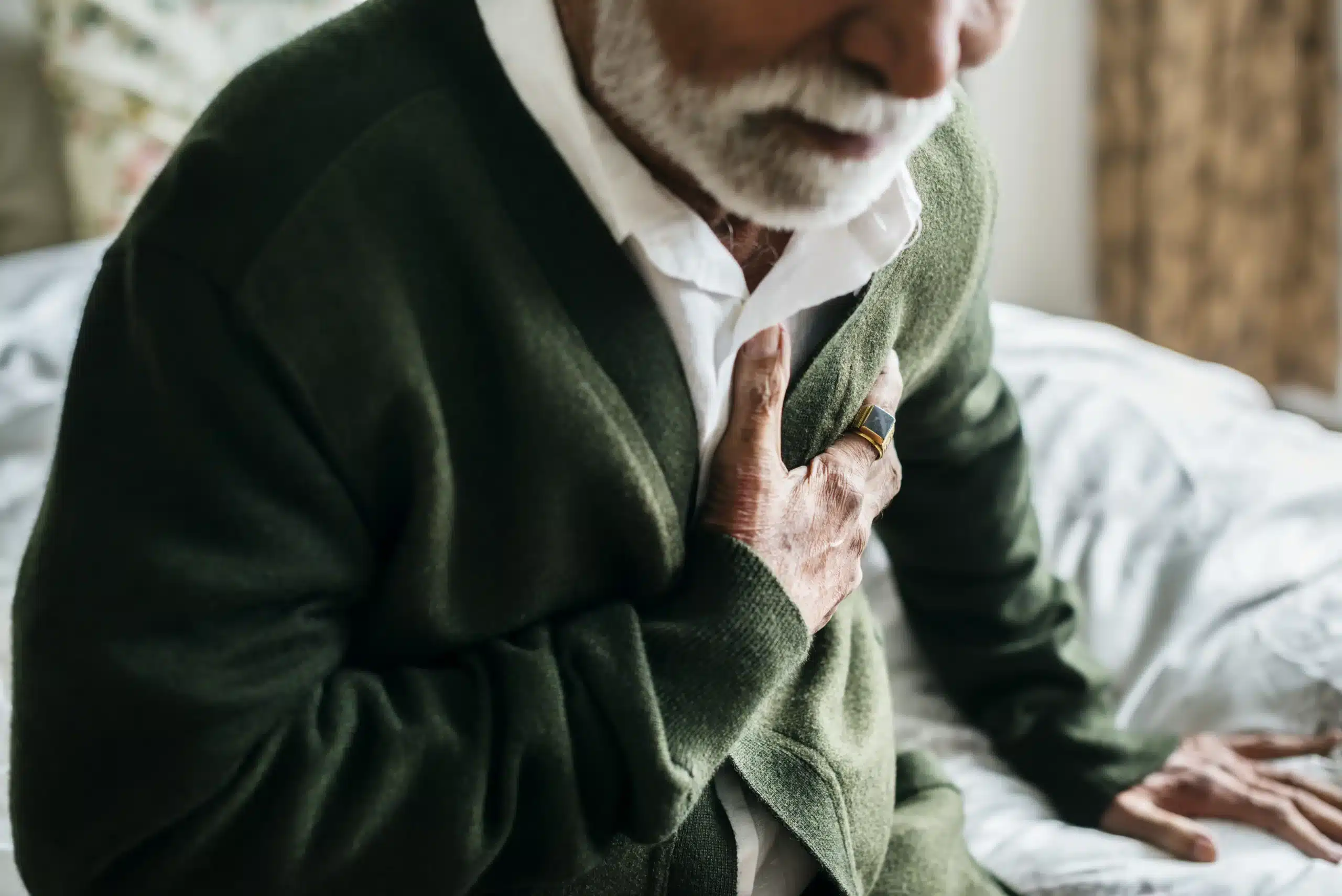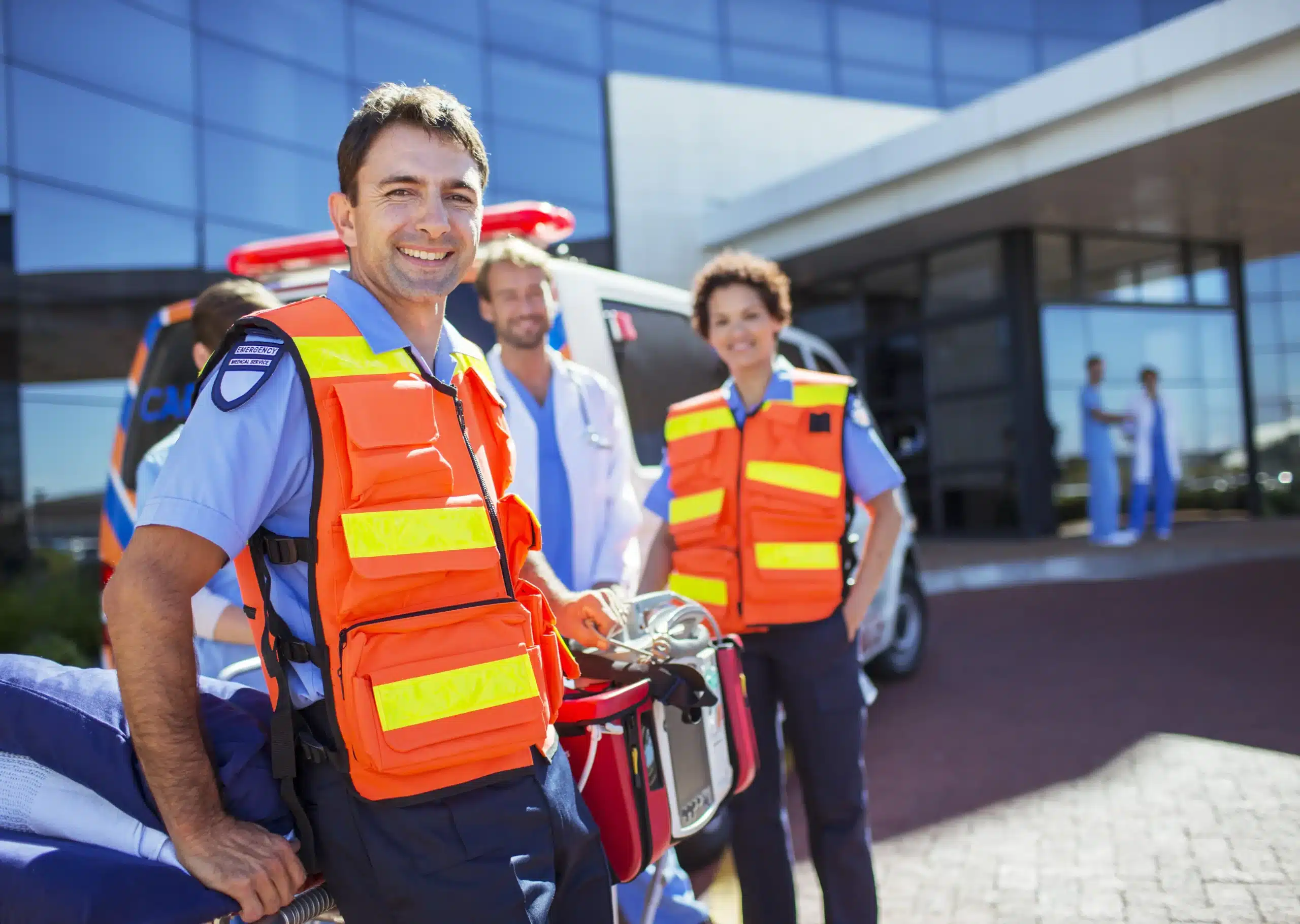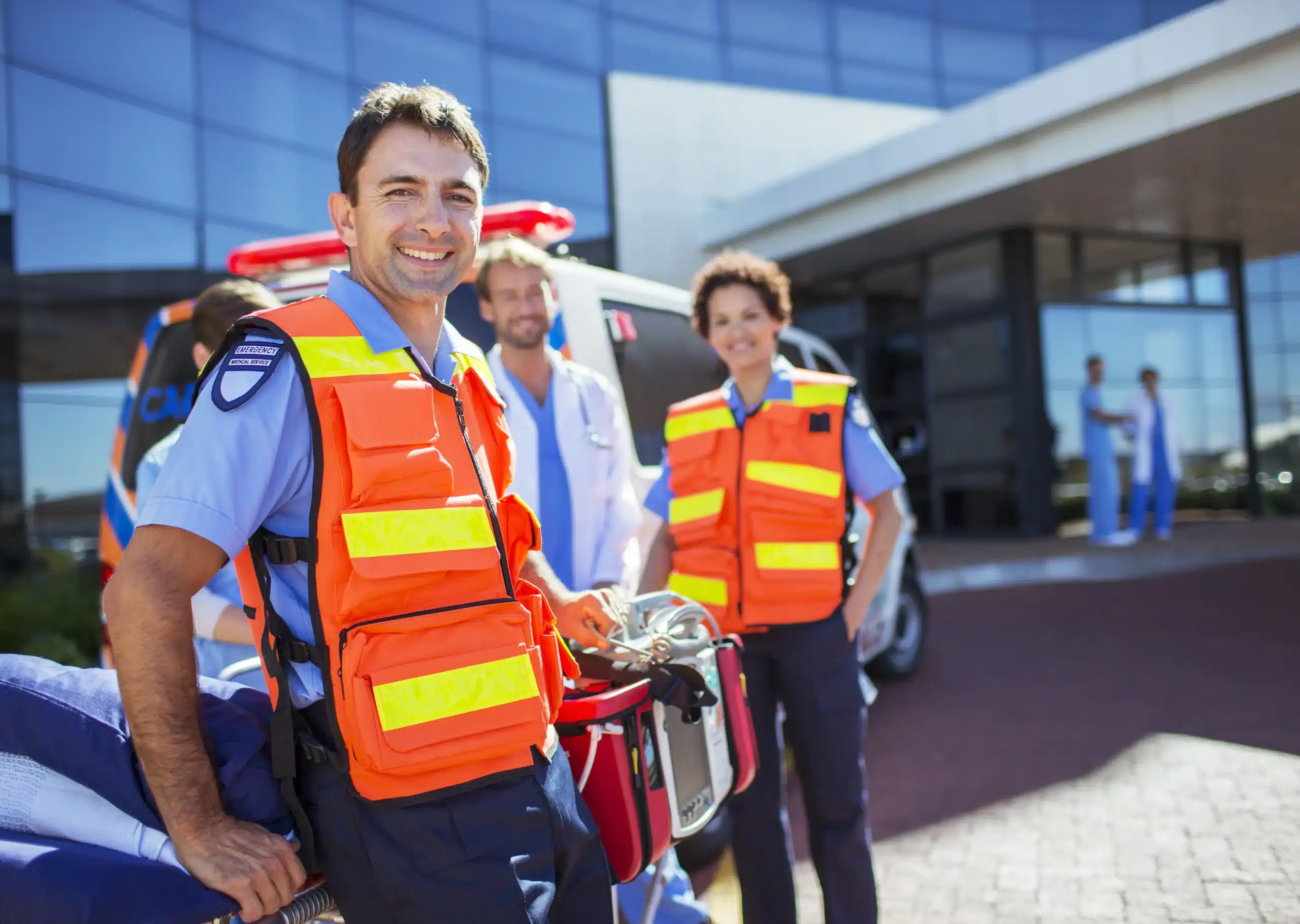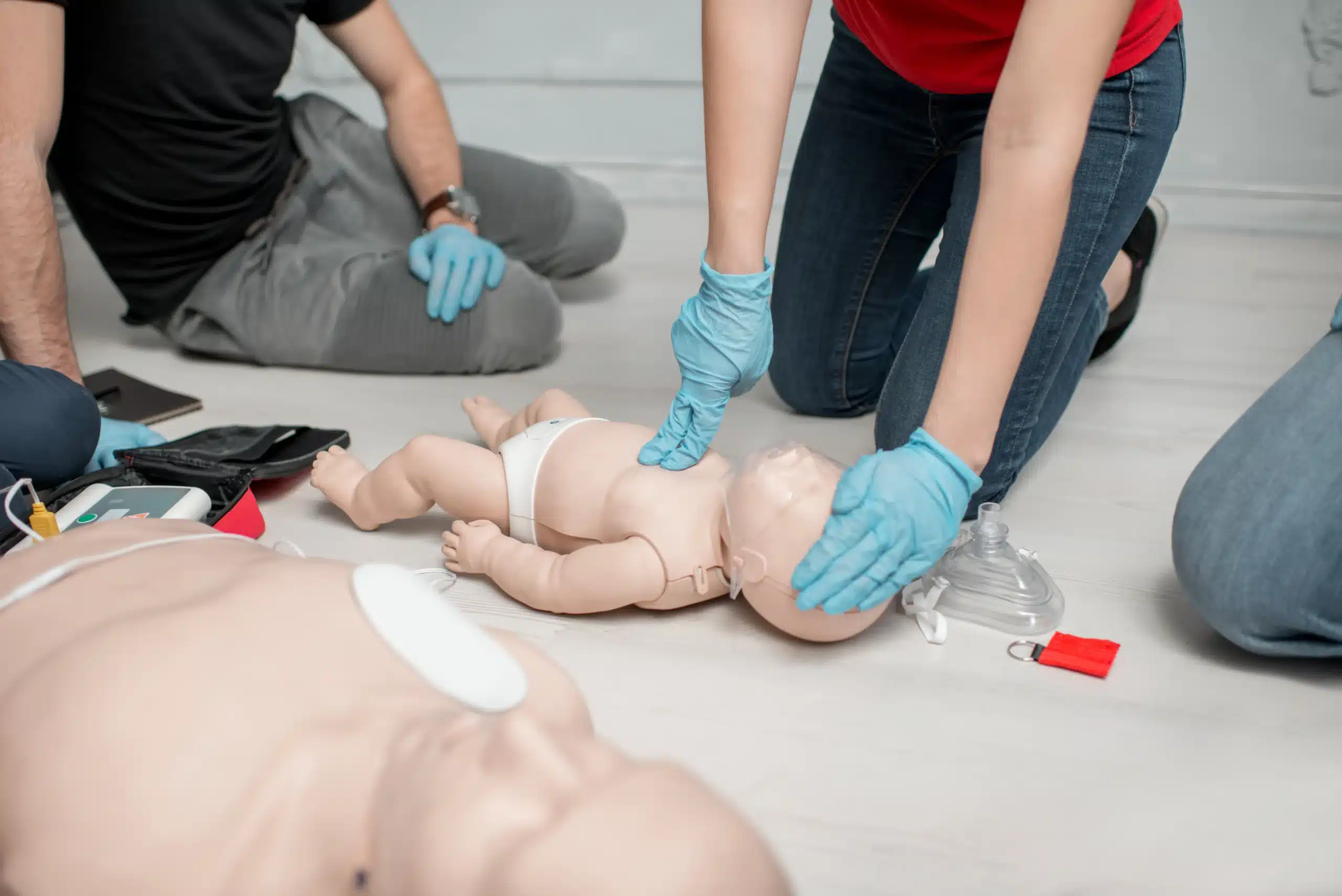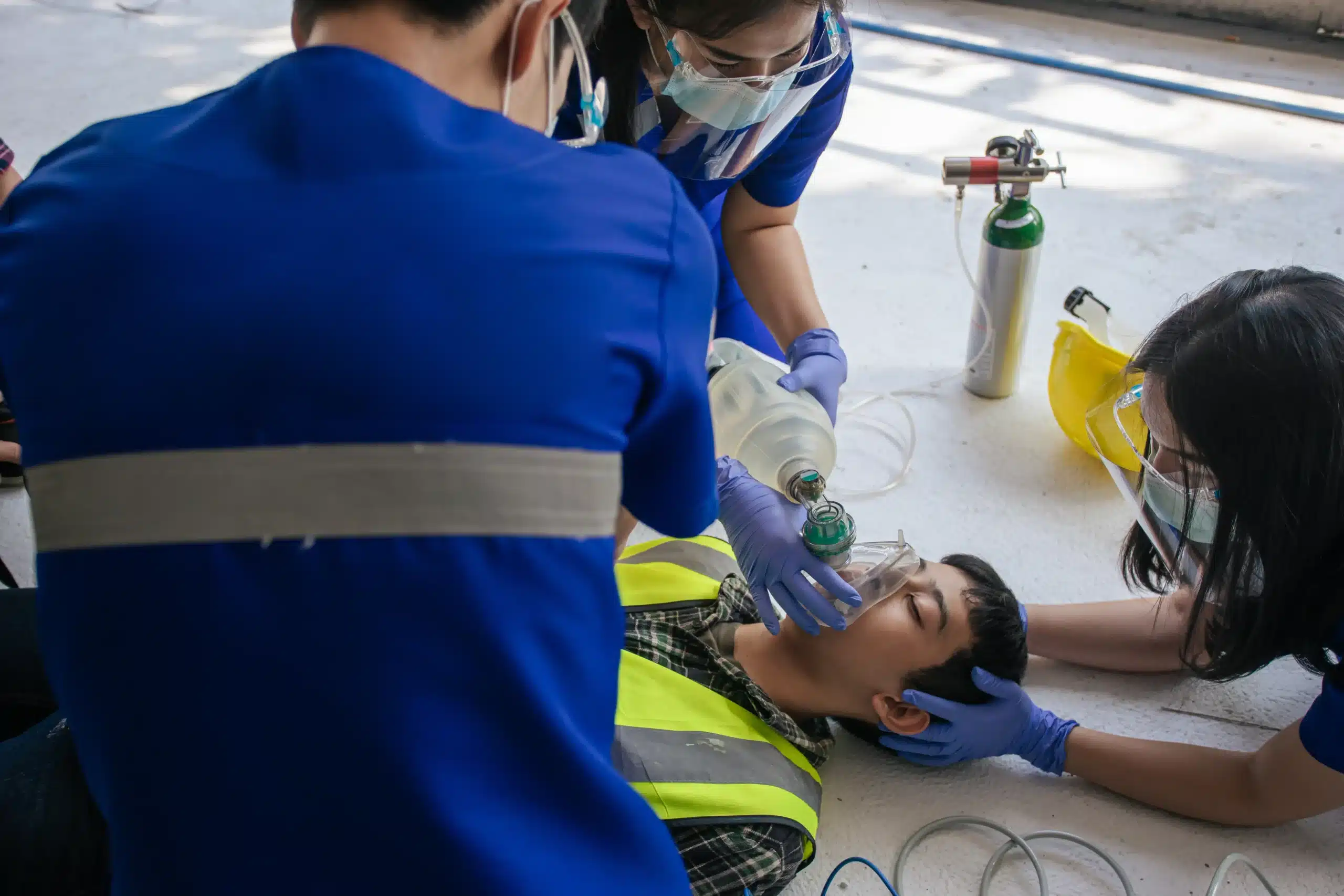Ready to gain essential life-saving skills? BLS training in Antioch empowers you to confidently respond to medical emergencies. This comprehensive training covers CPR, AED use, and airway management techniques, providing the skills to make a real difference. Whether you’re a healthcare professional, a concerned parent, or simply want to be prepared, BLS certification equips you with the knowledge and confidence to act quickly and effectively in critical situations. Join us as we explore the importance of BLS training, the various courses available in Antioch, and how you can get certified.
Key Takeaways
- BLS skills empower everyone: Whether you work in healthcare or not, BLS training provides crucial life-saving skills applicable to various emergencies. Find a course that suits your schedule and learning style, with options like in-person or blended learning.
- Select quality training: Choose a trusted provider such as Safety Training Seminars, offering AHA-certified courses, experienced instructors, and competitive pricing. Explore group discounts or combining courses to save.
- Maintain your certification: BLS certification lasts two years. Plan to recertify and keep your skills fresh. Regular practice and staying updated on guidelines ensures you’re always ready to respond effectively.
What is BLS Training?
Basic Life Support (BLS) certification equips you with fundamental life-saving skills. You’ll learn CPR, how to use an AED, and airway management techniques. These skills enable you to confidently respond to medical emergencies and can significantly improve survival rates. BLS certification focuses on providing high-quality chest compressions, ensuring effective rescue breaths, and recognizing the signs of someone in cardiac arrest. It emphasizes the importance of immediate intervention and the chain of survival. For a comprehensive guide to BLS in Antioch, check out this helpful resource.
Core BLS Skills
BLS training covers essential skills for managing respiratory and cardiac emergencies. You’ll practice chest compressions, rescue breaths, and how to use an automated external defibrillator (AED). The training often includes specialized techniques for infants, children, and adults, ensuring responders can provide appropriate care for individuals of all ages. BLS certification also emphasizes the importance of teamwork and clear communication during emergencies. This includes understanding roles within a resuscitation team and how to effectively coordinate efforts to provide the best possible care.
Who Needs BLS Certification?
BLS certification is essential for healthcare providers, including doctors, nurses, paramedics, and other medical professionals. It’s also highly recommended for those in roles requiring a basic understanding of life-saving techniques, such as teachers, coaches, lifeguards, and childcare providers. Anyone can benefit from learning these vital skills. BLS training includes using automated external defibrillators, basic airway management, and techniques for assisting someone who is choking. These skills empower individuals to respond effectively in critical situations and potentially save lives. Consider getting BLS certified; it could make a difference in an emergency.
Best BLS Training Providers in Antioch
Finding the right BLS training provider is crucial for a positive learning experience. Here’s a rundown of some reputable options in Antioch:
Safety Training Seminars
Safety Training Seminars is a woman-owned American Heart Association (AHA) Training Center, dedicated to providing top-notch BLS, ACLS, PALS, CPR, and First Aid courses in Antioch. They prioritize convenience, offering these essential certifications daily throughout Antioch and nearby cities. This commitment to accessibility makes scheduling your training straightforward. They also offer discounts for group classes and have a low price guarantee.
American Red Cross
The American Red Cross is a well-established name in emergency preparedness and offers BLS certification courses designed by experts to meet or exceed national standards. A key advantage is their flexible learning options, with both in-person and blended learning formats (combining online and in-person instruction) available.
Pass Institute
Pass Institute provides a BLS/CPR certification course. While their schedule may be less frequent than other providers, they offer a comprehensive curriculum covering essential skills like recognizing life-threatening emergencies, performing high-quality chest compressions, giving proper ventilations, and using an AED.
Other Local Options
Beyond these primary providers, exploring other local options can be beneficial. Companies like First Aid Safety Training often provide additional resources and guidance. A quick search for “BLS classes near me” can uncover additional training centers and independent instructors in the Antioch area. A comprehensive guide to finding local BLS classes can be a helpful starting point.
BLS Course Formats in Antioch
Finding the right BLS course format is key to successful learning. Whether you thrive in a traditional classroom or prefer the flexibility of online learning, Antioch offers various BLS training options to suit your needs. Let’s explore the most common formats:
In-Person Training
In-person BLS training provides a hands-on learning experience ideal for those who value direct interaction with instructors and classmates. This format allows for real-time feedback, practice scenarios, and the opportunity to ask questions as they arise. Safety Training Seminars offers in-person American Heart Association courses in Antioch, covering BLS, ACLS, PALS, and First Aid. They also offer convenient on-site training, bringing the class directly to your workplace. This personalized approach can be particularly beneficial for group training and team building. For those who prefer a more traditional learning environment, in-person training offers a structured and supportive setting.
Blended Learning
Blended learning combines online and in-person training. You’ll typically complete the theoretical coursework online at your own pace, followed by an in-person skills session for practical application and evaluation. This format offers flexibility while still providing the essential hands-on training component. Safety Training Seminars uses this approach, allowing students to learn the material through interactive online modules before demonstrating their skills in person. This hybrid approach can be a great way to fit BLS training into a busy schedule.
Online Courses
Fully online BLS courses offer maximum flexibility and convenience. While the American Red Cross offers a blended learning BLS course with an online component and in-person skills check, fully online options for the entire BLS certification are less common and may not be readily available in Antioch. Hands-on skills practice is crucial for BLS, so if you choose an online course, ensure it meets the American Heart Association requirements and includes a practical skills assessment. Always verify the legitimacy and accreditation of any online BLS training program before enrolling.
BLS Course Content & Skills
BLS certification equips you with practical skills to respond confidently to medical emergencies. It goes beyond basic CPR, encompassing several key components that work together to form a comprehensive approach to life support. Let’s break down what you’ll learn in a BLS course.
High-Quality CPR
High-quality CPR is the cornerstone of BLS. You’ll learn the latest techniques for performing chest compressions and rescue breaths on adults, children, and infants. This includes understanding proper hand placement, compression depth and rate, and how to maintain an open airway. Effective CPR is crucial for circulating oxygenated blood to the brain and other vital organs until professional help arrives. Developing proficiency in these techniques can significantly improve a person’s chances of survival. For more details on the importance of CPR and BLS, see this guide.
AED Use
Automated External Defibrillators (AEDs) are portable devices that can analyze heart rhythms and deliver an electric shock to restore a normal heartbeat during cardiac arrest. BLS training includes how to safely and effectively use an AED. You’ll learn how to assess the situation, prepare the patient, apply the AED pads, and follow the device’s prompts. Understanding AED operation is a vital skill that can dramatically increase the likelihood of survival in cardiac emergencies.
Choking Relief
Choking is a life-threatening emergency that requires immediate action. BLS courses teach you how to recognize the signs of choking and perform appropriate techniques to clear the airway, including back blows and abdominal thrusts (Heimlich maneuver) for both conscious and unconscious individuals. These skills are essential for anyone, as choking can occur in any setting. More information on choking relief and BLS is available here.
Resuscitation Team Dynamics
BLS isn’t just about individual skills; it’s about working effectively as a team during a medical crisis. You’ll learn how to coordinate with other rescuers, communicate clearly, and assign roles efficiently during a resuscitation attempt. This includes understanding the importance of clear communication, a structured approach, and knowing your role within the team. Effective teamwork can significantly improve the outcome of a resuscitation effort. This article offers a healthcare professional’s perspective on teamwork in BLS.
BLS Training Costs in Antioch
Understanding the cost of BLS training is a practical first step. Let’s break down the typical price range, factors influencing cost, and potential discounts.
Typical Price Range
In Antioch, you can expect BLS training to cost around $99.50. This price typically covers the course materials, instruction, and your official certification card, valid for two years. Remember that prices can vary slightly between providers, so it’s always a good idea to check with specific training centers like Safety Training Seminars for their most up-to-date pricing. They even offer a low price guarantee for their courses.
Factors Affecting Cost
Several factors can influence the overall cost of your BLS training. Experienced, certified instructors using up-to-date training methods and offering hands-on practice often charge a bit more. While cost is a factor, prioritize quality instruction—your skills could one day save a life. Look for courses that emphasize practical application and provide ample opportunity to practice those essential BLS skills.
Discounts & Group Rates
Many providers offer discounts for group registrations, making it a cost-effective option for workplaces or groups of friends. You might also find discounts if you bundle your BLS training with other courses like ACLS or PALS. Check with your chosen provider, such as Safety Training Seminars, about their group discounts and see if combining courses works for you. It’s a smart way to potentially save money while gaining valuable lifesaving skills.
Choosing the Right BLS Course
Finding the right BLS course depends on your background and schedule. Here’s a breakdown to help you choose the best fit:
For Healthcare Professionals
Healthcare providers in Antioch, like doctors, nurses, and EMTs, need up-to-date BLS skills. The American Heart Association RQI program is a popular choice for maintaining your BLS, ACLS, and PALS certifications. It’s a streamlined, efficient way to stay current with the latest resuscitation guidelines. Safety Training Seminars offers high-quality BLS certification and recertification courses designed for healthcare professionals.
For Non-Medical Individuals
Even if you’re not in healthcare, BLS training can be invaluable. It equips you with life-saving skills like CPR, AED use, and basic airway management. These skills can make a real difference in emergencies, whether at home, work, or out in the community. Knowing how to help someone who is choking or experiencing cardiac arrest can be truly empowering. Debunking common myths about BLS encourages more people to learn these essential skills.
Scheduling & Convenience
Finding a BLS course that fits your schedule is easier than ever. Safety Training Seminars offers classes every day of the week at their Antioch location at 3701 Lone Tree Way, Suite 4A. They also offer flexible options like group classes at your location, making it convenient to train your team. Learn more about CPR classes in Antioch.
Getting BLS Certified
So, you’re ready to get your BLS certification—great! This section covers what to expect regarding course length, exams, and keeping your certification current.
Course Length & Exams
BLS courses are designed to be comprehensive but manageable. In-person BLS training typically lasts about four to five hours. If you prefer a more flexible approach, blended learning courses combine online learning (one to two hours) with a shorter in-person skills session (two to three hours). Check with your chosen provider, like Safety Training Seminars, for their specific schedule and course format options. For example, a recent course ran from 9 am to 1 pm, showcasing the condensed timeframe.
Regardless of the format, all BLS courses include a written exam and a practical skills test. The written exam assesses your understanding of BLS principles and procedures, while the skills test evaluates your ability to perform CPR, use an AED, and provide other life-saving interventions. Instructors provide ample opportunity to practice these skills before the test.
Certification & Renewal
Upon successful completion of the course and exams, you’ll receive an official American Heart Association BLS certification card, valid for two years. This certification is widely recognized and accepted by healthcare employers and organizations.
It’s essential to keep your BLS certification current. As your card nears its expiration date, you’ll need to take a BLS recertification course. These courses are shorter than the initial certification course and focus on refreshing your knowledge and skills. Many providers offer discounts for group registrations or when you bundle BLS recertification with other courses like ACLS or PALS. Ask about these options to potentially save on costs. Staying up-to-date with your BLS certification ensures you’re always prepared to provide high-quality care in emergency situations.
BLS Instructor Qualifications
Choosing the right BLS instructor is just as important as choosing the right course. You want someone who can give you the confidence and skills to perform BLS effectively. Here’s what to look for:
AHA Certification
The gold standard for BLS training is the American Heart Association (AHA). Make sure your instructor holds current AHA certification. This means they’ve been trained in the latest guidelines and techniques, ensuring you’re learning the most up-to-date information. Brentwood CPR Classes emphasizes the importance of seeking certified instructors who use up-to-date training methods and provide hands-on practice for a comprehensive learning experience. This prepares you to respond effectively in real-life situations.
Healthcare Experience
While AHA certification is essential, real-world experience adds another layer of valuable insight. An instructor with a background in healthcare can offer practical examples and answer your questions from their own experiences. Antioch CPR Classes highlights the AHA’s Resuscitation Quality Improvement (RQI) program as a popular way for healthcare professionals to maintain their BLS certification. An instructor actively involved in healthcare stays sharp and can share practical applications of BLS skills, making your training more relevant and impactful. Look for instructors who bring this real-world perspective to the classroom.
BLS Training Myths Debunked
Let’s clear up some common misconceptions about BLS training and certification. These myths can prevent people from getting the training they need to save a life.
Common Misconceptions
One persistent myth is that BLS certification is only for healthcare professionals. Not true! While essential for medical personnel, BLS skills are valuable for anyone. BLS certification covers life-saving techniques like using an AED, basic airway management, and helping someone who is choking—skills beneficial in various situations and workplaces. Think teachers, coaches, lifeguards, and even parents. Knowing how to respond in a medical emergency can make all the difference.
Another misconception revolves around time commitment. People often assume BLS training requires a huge chunk of their schedule. In reality, BLS courses are designed to be efficient and manageable, even for busy professionals. Many providers offer flexible scheduling options, including weekend and evening classes, to accommodate various lifestyles.
Finally, let’s talk about cost. Some believe BLS certification is expensive, creating a financial barrier. However, consider the long-term value. The ability to provide immediate assistance during a medical crisis is priceless. Plus, many training centers, like Safety Training Seminars, offer competitive pricing and group discounts to make training more accessible.
The Real Value of BLS
BLS training empowers individuals to respond effectively in critical situations. It equips you with the knowledge and skills to potentially save a life. Whether you’re a healthcare provider or not, being prepared for a medical emergency is a powerful asset. Staying up-to-date with your BLS training ensures you’re ready to handle any crisis.
Prepare for Your BLS Training
So, you’re ready to take a BLS course? Great! Knowing what to expect and how to prepare can make your training experience smoother and more effective. This section covers everything from course content to helpful study tips.
What to Expect
BLS certification equips you with fundamental life-saving skills. You’ll learn CPR, how to use an AED, and essential airway management techniques. These skills empower you to confidently respond to medical emergencies, ultimately improving survival rates. Antioch CPR Classes follows the latest American Heart Association guidelines, so you can trust that your training will be current and comprehensive. See our BLS course page for details on what the course covers.
When choosing a BLS course, you’ll find different training formats. In-person classes offer hands-on practice and direct interaction with instructors. Online or blended learning options provide flexibility for busy schedules. Safety Training Seminars, a woman-owned, AHA Training Center, offers a variety of formats to meet your needs. Learn more about us on our homepage.
Tips for Success
Even after you’ve earned your BLS certification, remember that learning is an ongoing process. Look for opportunities to refresh your skills and stay up-to-date with the latest guidelines. This might involve practicing with friends or family, reviewing training materials, or taking refresher courses.
Active participation during your BLS training is key. Don’t hesitate to ask questions and engage with your instructor. Hands-on practice with feedback is crucial for mastering the techniques. Research shows that continuous feedback, even from a manikin, can significantly improve chest compression and ventilation skills. For more insights on the importance of feedback, see this research article00716-7/fulltext). Many providers offer additional resources and guidance to help BLS practitioners stay sharp. We’re committed to supporting your ongoing learning journey; check out our low price guarantee and our group discounts to make continuing education more accessible.
Related Articles
- BLS Training Near Me: Your Complete Guide – Antioch CPR Classes
- BLS Certification Brentwood: Costs, Classes & Providers – Antioch CPR Classes
- BLS for Healthcare Providers in Antioch: Your Guide – Antioch CPR Classes
- BLS Courses in Antioch: Your Complete Guide – Antioch CPR Classes
- Busting Common CPR Myths – Antioch CPR Courses
Frequently Asked Questions
What’s the difference between BLS and CPR?
CPR (Cardiopulmonary Resuscitation) is a specific technique used within BLS (Basic Life Support). BLS encompasses a broader range of skills, including CPR, AED use, and airway management, providing a more comprehensive approach to managing medical emergencies. Think of CPR as one tool within the larger BLS toolkit.
How long does BLS certification last, and how do I renew it?
BLS certification is typically valid for two years. To renew, you’ll need to take a recertification course before your current certification expires. Recertification courses are often shorter than the initial training and focus on refreshing your essential skills and knowledge.
Is online BLS training as effective as in-person training?
While online BLS courses offer flexibility, in-person training provides a valuable hands-on learning experience with direct instructor feedback. Blended learning, which combines online coursework with an in-person skills session, offers a good balance. The most effective format depends on your learning style and preferences. For any online course, ensure it includes a hands-on skills assessment component to meet certification requirements.
What if I don’t work in healthcare? Do I still need BLS training?
Absolutely! BLS skills are valuable for anyone, regardless of profession. Knowing how to perform CPR, use an AED, and assist someone who is choking can be life-saving in various situations, whether at home, work, or in your community.
How can I find BLS classes near me?
A quick online search for “BLS classes near me” is a great starting point. You can also check with local hospitals, community centers, and organizations like the American Red Cross or American Heart Association for training centers in your area. Safety Training Seminars offers BLS classes in Antioch and surrounding areas; check their website for schedules and locations.



